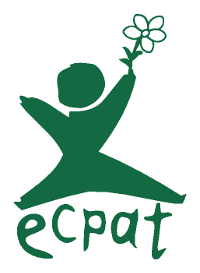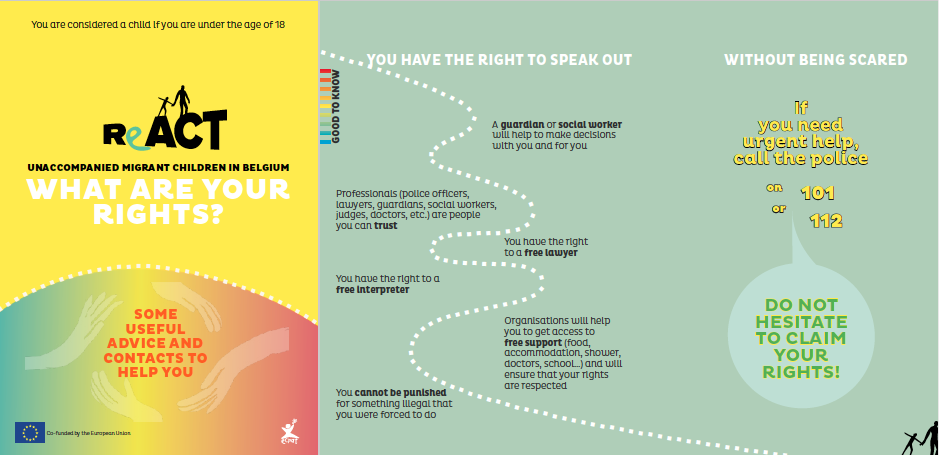What kind of protection is offered to children against commercial sexual exploitation in Belgium? What are the possible improvements of the system?

ECPAT Belgium’s assessment of the situation in Belgium, is now available in Dutch.
Copyright ECPAT Belgique « Stop à l’exploitation sexuelle commerciale des enfants »
Pieter Ceulen, pedophile from Antwerp, was arrested last night in the Cambodian capital Phnom Penh. He was convicted to 19 years imprisonement on 21st January. It is reported that he abused several Cambodian and Philippine children, including his own foster daughters. 750 gigabytes of child pornography were found during a house-search.
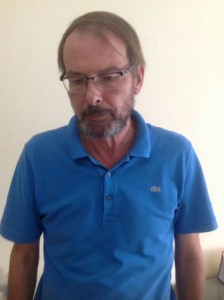
There have been negotiations over the last two weeks between the family of the fugitive pedophile and the Cambodian government. The private banker felt chased and his family feared that Ceulen wouldn’t survive Cambodian imprisonment.
It was agreed between Cambodia and Prosecutor General’s Office in Antwerp that Ceulen would be extradited to Belgium after his arrest. Relatives reported that “Pieter Ceulen is on his way to Belgium at this very moment”.
Source: La Libre Belgique
Copyright ECPAT Belgique « Stop à l’exploitation sexuelle commerciale des enfants »
Since 2010, TUI Belgium has been supporting ECPAT in its fight against child sexual exploitation in travel and tourism. For the first time this year, ECPAT officially appears in TUI’s annual report. This collaboration illustrates the exchange of good practices that exist between the tourism industry and non-profit organizations. It enables professionals in the sector, as well as travelers, to be better informed about the issue and the tools they can use to report suspected cases of sexual exploitation.
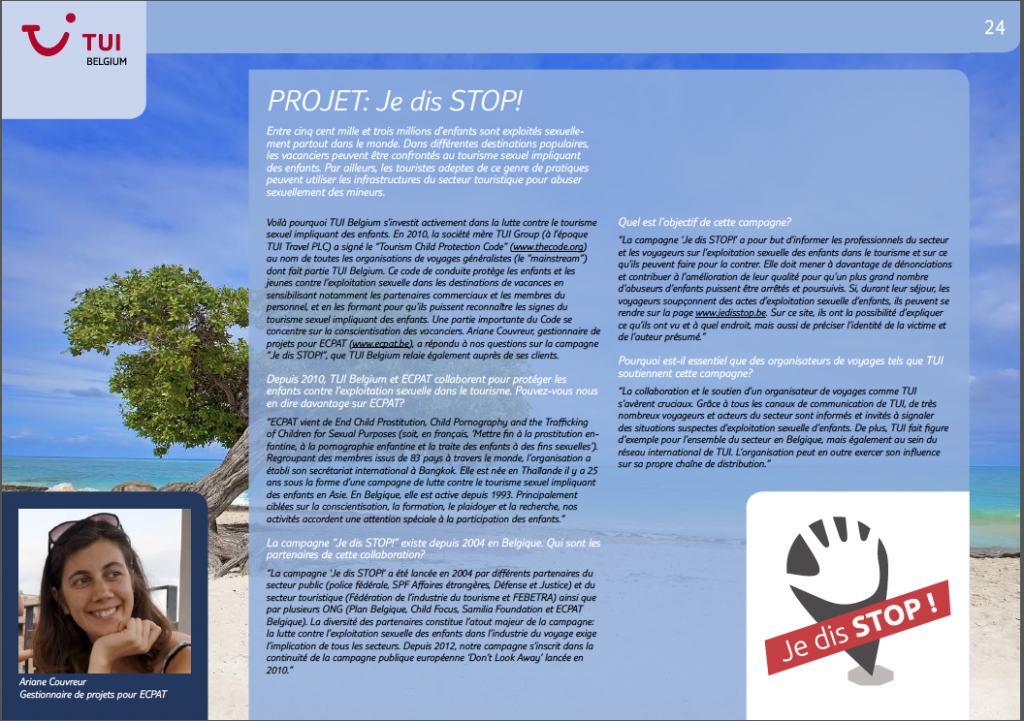
Copyright ECPAT Belgique « Stop à l’exploitation sexuelle commerciale des enfants »
ECPAT Belgium, Missing Children Europe and eNASCO have launched a report that examines the transposition of Directive 2011/93/EU on combatting sexual abuse and sexual exploitation of children and child pornography by 27 Member States.

ECPAT coordinates the analysis regarding extradition laws and support to the victims. The results have been presented during a workshop held in April 2015 in front of représentatives of the Member States of the European Union in Brussels.
Studies suggest that between 10-20% of children in Europe are sexually assaulted during their childhood. This phenomenon is not decreasing and certain forms of sexual violence are becoming a matter of growing concern. The Internet has made it easier to “groom” children or to produce and distribute child sexual exploitation material. Children portrayed in pornography are getting younger and the images are becoming more graphic and more violent.
Copyright ECPAT Belgique « Stop à l’exploitation sexuelle commerciale des enfants »
Dutch businessman Pieter Ceulen, 60, from Antwerp, Belgium, has been sentenced to nineteen years imprisonment by the Antwerp criminal court for child sex crimes both in the Philippines and Cambodia. He had also filmed the abuse and shared the films with other pedophiles. The Dutch businessman was not in court for the sentencing and has already fled Belgium to return to Cambodia.
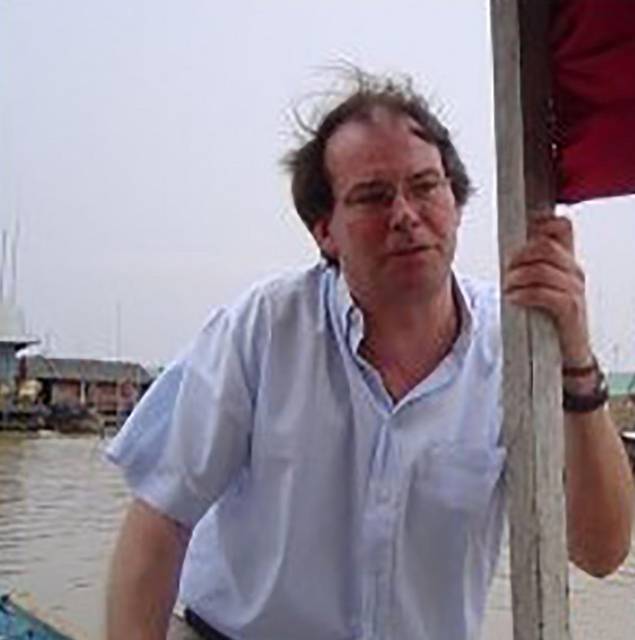
ECPAT welcomes this conviction but regrets that Mr. Ceulen might escape his sentence. So far, there is no extradition treaty between Belgium and Cambodia. Full cooperation between Belgian and Cambodian authorities will therefore be necessary to arrest the 60 year-old businessman.
Copyright ECPAT Belgique « Stop à l’exploitation sexuelle commerciale des enfants »
source: http://www.hln.be/hln/nl/957/Binnenland/article/detail/2592040/2016/01/21/19-jaar-cel-voor-pedofiel-die-eigen-pleegdochters-misbruikte.dhtml
Twenty years ago, Belgium passed a law facilitating the prosecution of transnational child sex offenders before Belgian courts. This tool reflects the willingness to take firm action against those who were called “child sex tourists”.
However, what is the real impact of this law? How many offenders have been prosecuted? What were the successes and challenges of the legal procedures? And finally, is one law enough? These are some of the many elements discussed in this study which seeks to be accessible to both the general public and professionals.
The rising number of people entering Europe in 2015 in search of safety and in search of a better life has captured the world’s attention with scenes of heartbreaking tragedy. Travelling hundreds and thousands of miles over land and over water, from Africa, the Middle East and Asia, people are risking everything in the hope of reaching their goal, and the danger does not end at a border crossing.
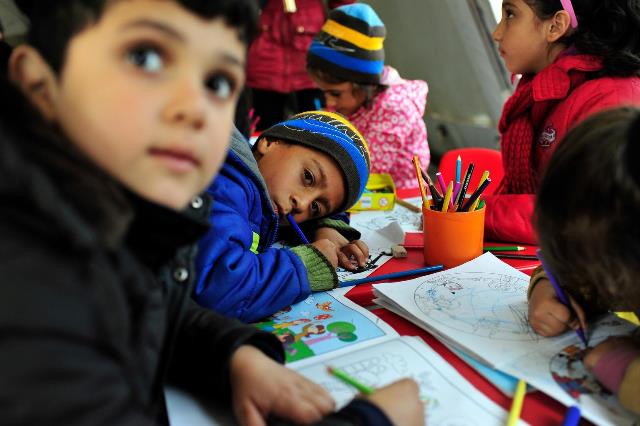
Amid this crisis, children are the most vulnerable of all. Many are travelling with their families, while many others are on their own. Every one of them is in need of protection and entitled to the rights guaranteed under the Convention on the Rights of the Child. Migrant children and women, especially those migrating without documentation, are vulnerable to trafficking, abuse and exploitation. In countries of transit and destination, migrants and their families often find themselves victims of discrimination, poverty and social marginalization.
The unaccompanied foreign minors arriving in Belgium mostly come from Afghanistan, Syria, Irak, Somalia and Guinea. They are becoming younger and younger. Consequently, it is urgent to ensure an adequate protection for these children and identify those who are victims of trafficking. It is time that refugee children become a political priority.
Source: UNICEF
Copyright ECPAT Belgique « Stop à l’exploitation sexuelle commerciale des enfants »
Twenty years ago, Belgium passed a law facilitating the prosecution of transnational child sex offenders before Belgian courts. This tool reflects the willingness to take strong action against those who were called “child sex tourists” but what is the real impact of this law?
How many offenders have been prosecuted?
What were the successes and challenges of the legal procedures?
And finally, is one law, only, sufficient?
These are some of the many elements discussed in this study which seeks to be accessible to both the general public and professionals (translation in English available soon)
